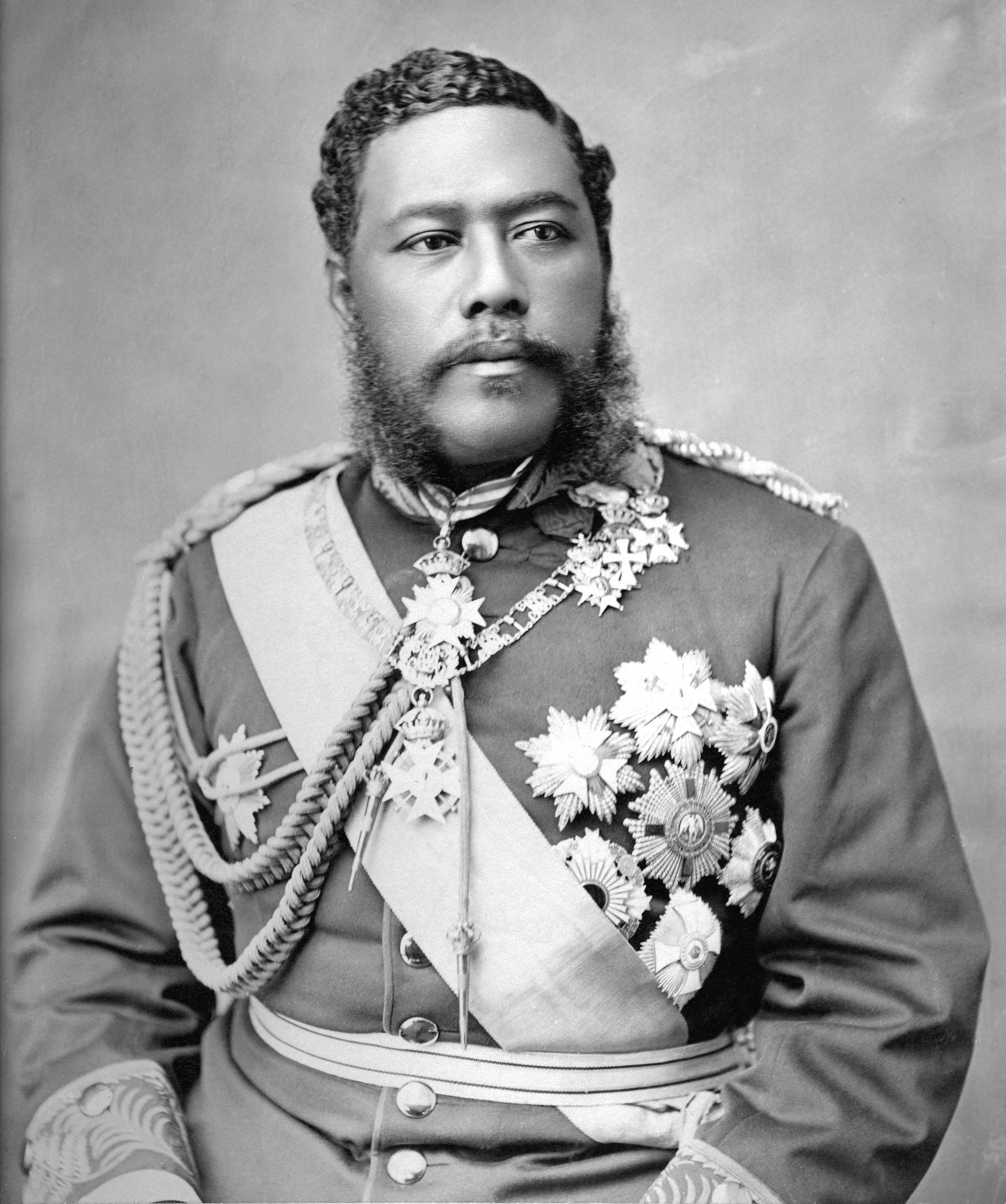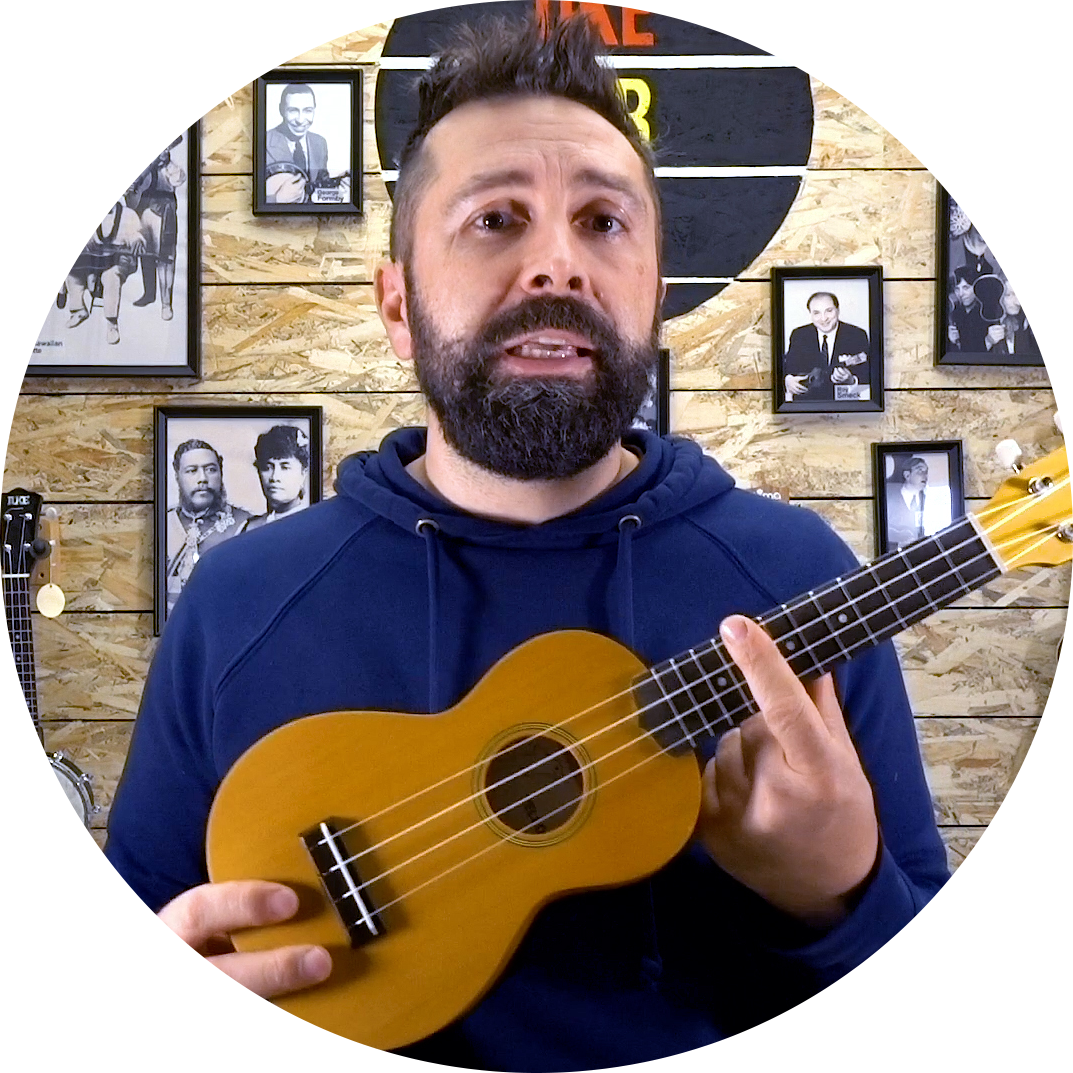The ukulele is one of those instruments that can steal a smile before you even play the first note. Yet behind its compact shape and cheerful sound lies a long, captivating, and sometimes surprising history. A journey that crosses oceans, cultures, and music genres — transforming a “toy” into an instrument that now thrives in every corner of the planet.

From Portuguese Ships to Hawaiian Royal Palaces
It all began in 1879, when the Ravenscrag arrived in Hawaii carrying contract workers from Madeira. Among their belongings were instruments like the machete and the rajão, from which the ukulele inherited its shape, size, and re-entrant tuning.
Legend has it that João Fernandes, a plumber from Funchal, was the first to strum its strings upon setting foot in Honolulu. But it was three Portuguese cabinetmakers — Manuel Nunes, Augusto Dias, and Jose do Espirito Santo — who gave the ukulele its form and soul, initially working as “makers of guitars and machetes.”
King David Kalakaua and Queen Liliuokalani became its enthusiastic patrons, introducing it into royal festivities and linking it to the tradition of the hula kui, a blend of ancient dance and Western influences. Virtuosos like Ernest Kaʻai elevated the instrument’s technique, blending strumming with fingerpicking.
The Roaring ’20s Ukulele Craze
The real “boom” came in 1915, during the Panama-Pacific International Exposition in San Francisco: the ukulele captured the American public, and thanks to radio and records, became the must-have musical accessory for every college student.
Figures like May Singhi Breen (who pushed to include ukulele tablature in sheet music), Cliff Edwards (“Ukulele Ike”), and Roy Smeck (“The Wizard of the Strings”) turned the instrument into an entertainment icon. It was played in vaudeville theatres, parlours, and even in “hillbilly” country music.
From Jazz to Plastic: Post-War Years
In the 1950s, television and new plastic materials brought the ukulele into millions of homes, often as an educational toy. At the same time, ukulele jazz emerged, pioneered by masters like Lyle Ritz and Eddie Kamae, who adapted it to big band settings.
Arthur Godfrey, a radio and TV icon, became its most powerful promoter. And there were surprises: future stars like Jimi Hendrix, Neil Young, and Joan Baez all started out with a ukulele in hand.
The Revival and the Italian Scene
In the 1970s, with the Hawaiian cultural renaissance, the ukulele returned to the spotlight thanks to Herb Ohta, Israel Kamakawiwoʻole, and later Jake Shimabukuro, whose rendition of “While My Guitar Gently Weeps” went viral on YouTube.
In Italy, the ukulele gained visibility with Rino Gaetano at Sanremo ’78, and later with the Italian Ukulele Festival (UkeIT) in 2008, followed by the Caldogno and Vicenza festivals organised by Mercatino dell’Ukulele, and the Monopolele Festival. These events connected artists such as Fabio Koryu Calabrò, Danilo Vignola, Luca “Jontom” Tomassini, Enrico Farnedi, Angelo Capozzi, The Naftalinas, Uliano Bruner, Ukulele Lovers, Francesco Albertazzi, Veronica Sbergia & Max de Bernardi, Ukulollo, Carlo e le Pulci, and Blue Dean Carcione.
The Ukulele Today: Between Academia and Pop
In the 21st century, the ukulele entered conservatories thanks to Giovanni Albini, found a place in classical music with artists like Samantha Muir and John King, and continued to blend into pop, rock, and country — from Paul McCartney to Eddie Vedder, from Taylor Swift to Bruce Springsteen.
Innovative Nylgut and Red Series strings expanded its tonal palette, while festivals and online communities turned it into a truly global and respected instrument.
This isn’t the full story — many names and chapters remain untold — but it’s a first step into discovering how four strings have crossed oceans and centuries without ever losing their knack for surprising us.
Insight Box
- Giovanni Albini – Founder of the first university course in ukulele, composer and educator, with albums, transcriptions (Ricordi/Hal Leonard), and lectures at Juilliard and the Curtis Institute.
- Jake Shimabukuro – A modern virtuoso who revolutionised the instrument’s image through lightning-fast technique and emotional arrangements on YouTube.
- Israel Kamakawiwoʻole – Hawaiian icon who made the ukulele “cool” worldwide, with unforgettable song interpretations.
- Lyle Ritz – Pioneer of ukulele jazz: his albums and technique opened entirely new stylistic horizons.
- May Singhi Breen – The “Ukulele Lady” who integrated the instrument into the core of American popular music culture.


Comments (0)